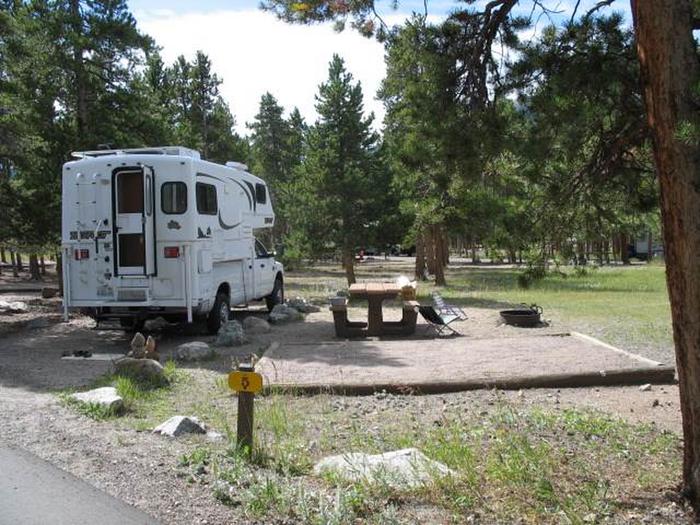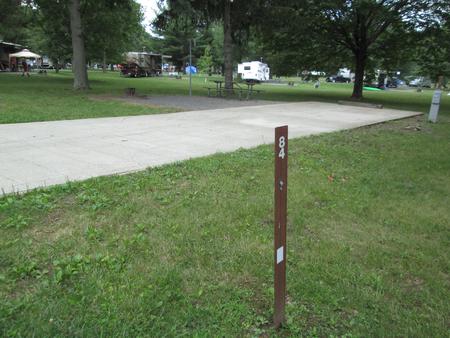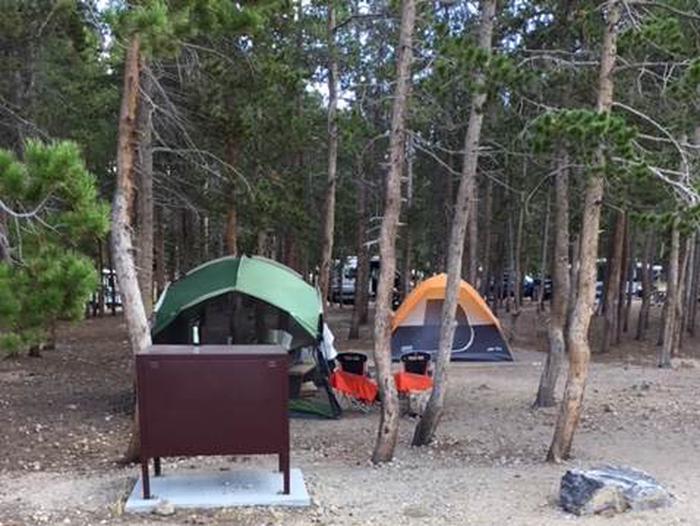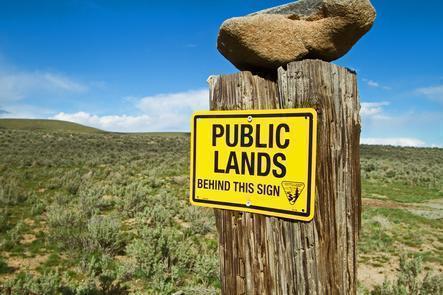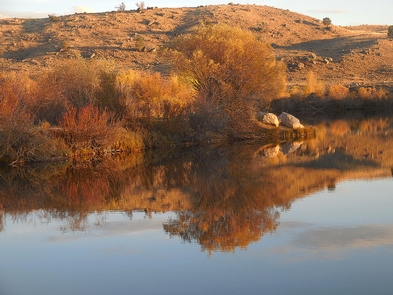Directions
The refuge can be accessed from Dixie County road 351 out of Cross City, Dixie County road 349 out of Old Town and Levy County road 347 out of Chiefland. To reach the refuge office, which is located in Levy County: from Gainesville take State Road 26 to Trenton, then Highway 129 south to Chiefland, then U.S. 19 south for 1 mile to County Road 345 south for 6 miles to County Road 347. Go west on 347 for 12 miles to the refuge sign leading to the refuge office, a good first stop for a brochure and map of the area.
Phone
352-493-0238
Activities
AUTO TOURING, BOATING, HISTORIC & CULTURAL SITE, INTERPRETIVE PROGRAMS, FISHING, HIKING, HUNTING, WILDLIFE VIEWING, ENVIRONMENTAL EDUCATION, PHOTOGRAPHY, PADDLING
Camping Reservations
Reserve your campsite at these camping areas:
Hiking Trails
Looking for nice hiking areas to take a hike? Choose from these scenic hiking trails:
Related Link(s)
Lower Suwannee National Wildlife Refuge
Lower Suwannee National Wildlife Refuge, established in 1979, is located along the southern edge of the Big Bend region of Florida’s west coast, approximately 50 miles southwest of Gainsville. This 54,000 acre refuge is one of the largest undeveloped river delta – estuarine systems in the United States and was established to protect natural ecosystems of the Suwannee River’s lower reaches and coastal marsh, as it empties into the Gulf of Mexico. This diverse mixture of uplands, freshwater, saltwater and their associated wetlands, creates a great variety of wildlife habitat and scenic vistas. Osprey and bald eagle nest in early spring, while graceful swallow-tailed kites arrive in March for breeding and remain through July. In March and April migrating shorebirds cover the oysterbars; thousands of knots, dowitchers, oystercatchers, sandpipers, turnstones, and plovers fatten up for their northward trip to their breeding grounds. Wading birds are most abundant during the summer and they can be found feeding in the freshwater and salt marshes. White ibis, great, snowy, and cattle egrets along with great blue, little blue, green, and tricolored herons are among the birds that roost and nest on nearby Cedar Keys refuge. Rare Limpkins and endangered wood storks are occasionally seen prowling the water’s edge during the warm months. Alert boaters may see endangered Gulf Sturgeon jumping in the river. These prehistoric fish migrate from the Gulf of Mexico to the Suwannee River in the spring for spawning and remain there all summer. Manatees leave Crystal River springs, their winter haven, when the gulf waters warm and utilize the Suwannee River and its estuary from March through November. Seaturtles, mostly green, loggerhead and Ridley’s utilize the rich Suwannee sound during the summer months but generally go unnoticed. The beauty of the Suwannee river, with its hardwood lined banks where alligators loaf on exposed logs, long legged wading birds feed and otters play is a wonderful place for visitors to celebrate our National Wildlife Refuge System.

